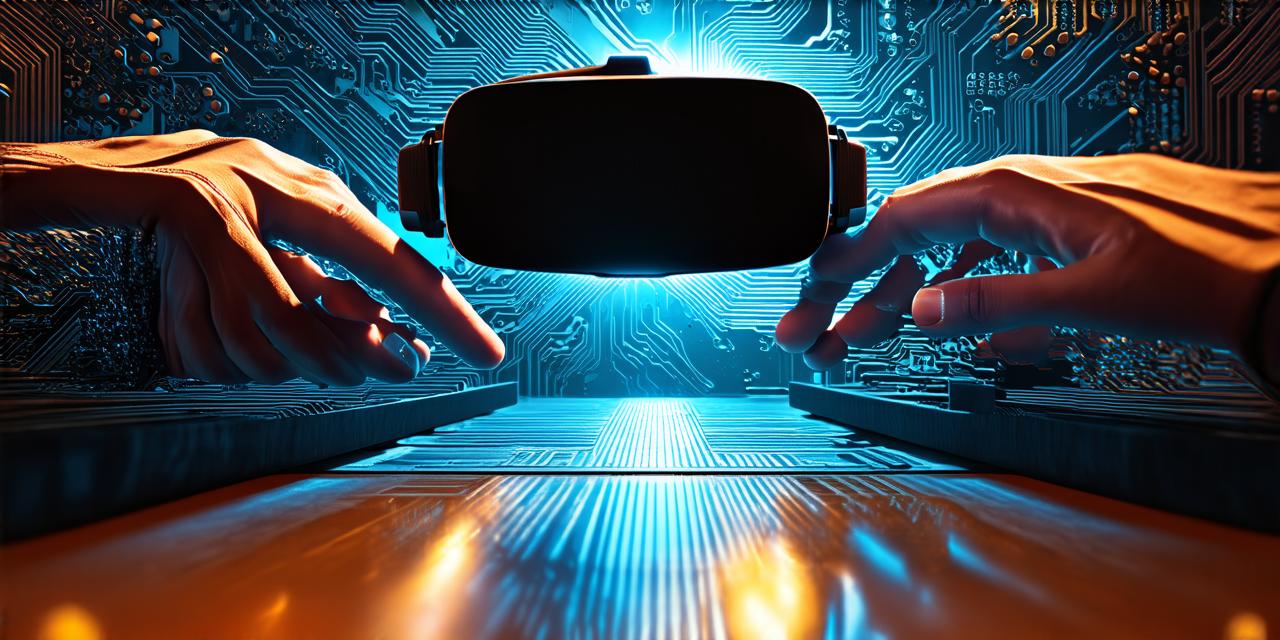Virtual reality (VR) technology has been rapidly evolving in recent years, and it shows no signs of slowing down. As VR continues to gain popularity, more and more people are becoming interested in becoming virtual reality developers. In this guide, we will walk you through the steps necessary to become a virtual reality developer.
Step 1: Learn the Basics of Programming
The first step to becoming a virtual reality developer is to learn the basics of programming. You will need to be familiar with at least one programming language such as C++ or C, which are commonly used for VR development. There are many online resources available that can help you learn these languages, including tutorials and courses.
Step 2: Understand Virtual Reality Concepts
Once you have a basic understanding of programming, the next step is to understand the concepts behind virtual reality technology. You will need to learn about things like tracking, input, and rendering, which are all crucial components of VR development. There are many online resources available that can help you learn these concepts, including tutorials and courses.
Step 3: Choose a Development Platform
There are several different platforms you can use to develop virtual reality experiences, including Unity, Unreal Engine, and OpenVR. Each platform has its own strengths and weaknesses, so it is important to choose the one that best suits your needs and skill level. There are many online resources available that can help you learn about these platforms and how to use them.
Step 4: Create Your First Virtual Reality Experience
Once you have a basic understanding of programming and the concepts behind virtual reality, it is time to start creating your own virtual reality experiences. You can begin with simple projects such as a 360-degree environment or a simple VR game. As you gain more experience, you can move on to more complex projects.
Step 5: Publish Your Virtual Reality Experience
Once you have created your virtual reality experience, the next step is to publish it so that others can experience it. There are many online platforms available that allow you to upload and share your virtual reality experiences, including the Oculus Store and the Steam Workshop.
Conclusion:
Becoming a virtual reality developer requires a combination of technical skills and creativity. By following these steps, you can gain the knowledge and experience necessary to create your own virtual reality experiences. With dedication and hard work, anyone can become a virtual reality developer.
